Honda plans to roll out the first of three new battery-electric vehicles later this year. All will be built here in the U.S. But unlike some competitors setting up all-new, dedicated EV plants, these will be produced at existing Honda facilities in Ohio. To be able to adapt to changes in market demand, Honda has created what it calls an “EV Hub,” flexible enough to build gas, hybrid and battery-electric models on the same assembly line.
It’s been more than four decades since Honda started producing passenger vehicles at a new plant in Marysville, Ohio. The sprawling facility — which stretches the better part of a mile from one end to the other — has undergone several major updates since then. The latest is still a work in progress, but it could be the most significant yet.
Later this year, Honda will begin producing the first of three new battery-electric vehicles, the Acura RSX. It will be followed by two more EVs ushering in the company’s new 0 Series sub-brand. All three will roll out of the new EV Hub Honda is setting up in central Ohio. Marysville anchors that new manufacturing complex, but it includes several other nearby facilities, including a second assembly plant in East Liberty and an engine plant in Anna.
Honda is far from the only automaker which will be building EVs in the United States. But it has decided to take a different approach from competitors like the Hyundai Motor Group which recently opened up the dedicated EV “Metaplant” in Georgia. Honda’s EV Hub will have the flexibility to produce a wide range of products on the same assembly lines, whether they’re gas-powered, hybrid or all-electric. This approach will allow Honda to adapt to uncertain market forces at a time when the auto industry is undergoing a stuttering shift to electric propulsion.
An uncertain path
Like the rest of the industry, Honda sees a growing role for EVs. The question is how fast they will gain traction, especially in the U.S. market, where newly inaugurated President Donald Trump appears ready to throw a number of roadblocks in their way. Where EV sales grew 800% between 2019 and 2023, demand settled back to just under 10% last year, and it’s unclear what will happen in 2025.
“We were challenged to find the most efficient way to build ICE (internal combustion engine vehicles), hybrids and EVs on the same line,” explained Mike Fischer, the EV Hub project leader, during a tour of several plants last week. Rather than going with a greenfield operation, Fischer explained, “Our team found a way to use existing facilities for something new.”
The payoff is simple: Honda will be able to adapt to changes in market demand as easily as it would were buyers suddenly decide to buy lots of red cars rather than silver or white, said Fischer. Should EVs gain traction, they could dominate the line. When Trump’s changes scuttle sales, as expected, the EV Hub will simply shift focus back to gas and hybrid models.
If the approach works as planned, he added, “It will set a global standard for EV production” that Honda expects to implement in its facilities around the world.
How it works
Honda will spend over $1 billion to update its various Ohio facilities and one gets an immediate sense of the transformation just wandering through the Marysville plant. There are still large parts of the facility cordoned off as the changeover continues. One section is being set up for the assembly of the big battery packs that will power the three new Honda EVs.
But that’s only part of the transformation, and it takes a guide like Associate Chief Engineer Tim Leopold to understand what’s happening elsewhere. In many ways, the updated Marysville plant — like the one in East Liberty — will function just like it has for 40 years: vehicles rolling down the line, with workers organizers into stations where they perform specific dedicated functions. That might include installing seats or the windshield. These are largely the same, whatever the powertrain.
But there are specific “monuments,” explains Leopold, unique to ICE or hybrid or EV models. These are critical functions, such as mating the body with its gas engine or with an all-electric drivetrain that includes a battery pack and motors. As part of the EV Hub approach, they’ve been integrated onto the line in ways to minimize complexity and keep things moving at a rapid rate, future products still expected to roll out of the plant at a pace of roughly one a minute.
More Honda News
- Honda Adding TrailSport Package to Updated CR-V, Refreshing HR-V for 2026
- Honda Debuts New 0 Series EVs at CES
- First Drive: Hydrogen-Powered Honda CR-V e:FCEV
The rest of the Hub
Each of Honda’s Ohio plants will participate in the EV Hub project. About a 45-minute drive from Marysville, the factory in Anna has been primarily tasked with providing engines for the nearby assembly lines, along with a handful of other parts and components. Under the new program, however, it is adding production of the big packs, into which 13 to 16 individual battery modules — depending upon the vehicle they’ll be used in — will be inserted, said plant leader Michael Tinch.
“We call ourselves an engine plant, but we can do anything,” said Tinch. “Just give us the blueprints.”
Honda has gone to what is alternatively referred to as “megacastings” and “gigacastings” for the packs. They’re primarily a single, large aluminum casting, rather than the multiple parts other automakers are using. It’s a new and challenging process that, when completed later this year will require the installation of six massive casting machines. Each will be capable of creating 6,000 tons of clamping force to hold together the molds producing the castings. The machines are each the size of large buildings and heavy enough that Honda was required to drive deep pilings into bedrock to support them.
When all is complete, the various EV Hubs will produce virtually everything needed for future battery models, likely including motors. A separate joint venture will provide the battery cells that go into the Anna packs.
Where possible, Honda is taking steps to automate all the new operations to improve productivity and boost quality. That said, Fischer confirmed that the automaker will have to boost employment, starting with 300 new workers in Marysville. But he stressed that the blended production strategy will still be far more efficient from a manpower basis than setting up a unique plant just to build EVs.
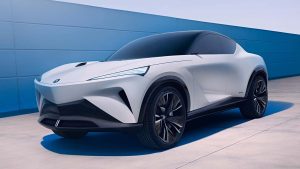
The RSX is the production version of the Performance SUV Concept that debuted at Monterey with both vehicles being built on Honda’s 0 Series EV platform.
What the EV Hub will produce
By the end of the decade, Honda could have a large array of all-electric models in its lineup, as well as hybrids and plug-in hybrids. The automaker isn’t talking about future products — with the exception of the first three EVs it plans to build at the EV Hub:
- The Acura RSX revives one of the brand’s old nameplates. It will be an all-electric SUV coming late this year;
- The Honda 0 Series SUV will be the first of two all-electric models for the automaker’s mainstream brand and is due to market early in 2026;
- The Honda 0 Series Saloon will follow later in the year. It adopts a more sport sedan-like body style, though many observers have compared it to the old Lamborghini Miura.
Still more EVs will likely be added to the mix in the future, Honda officials suggested, especially if the EV Hub strategy works as planned. Meanwhile, if it does work out, it will be duplicated at Honda facilities worldwide.

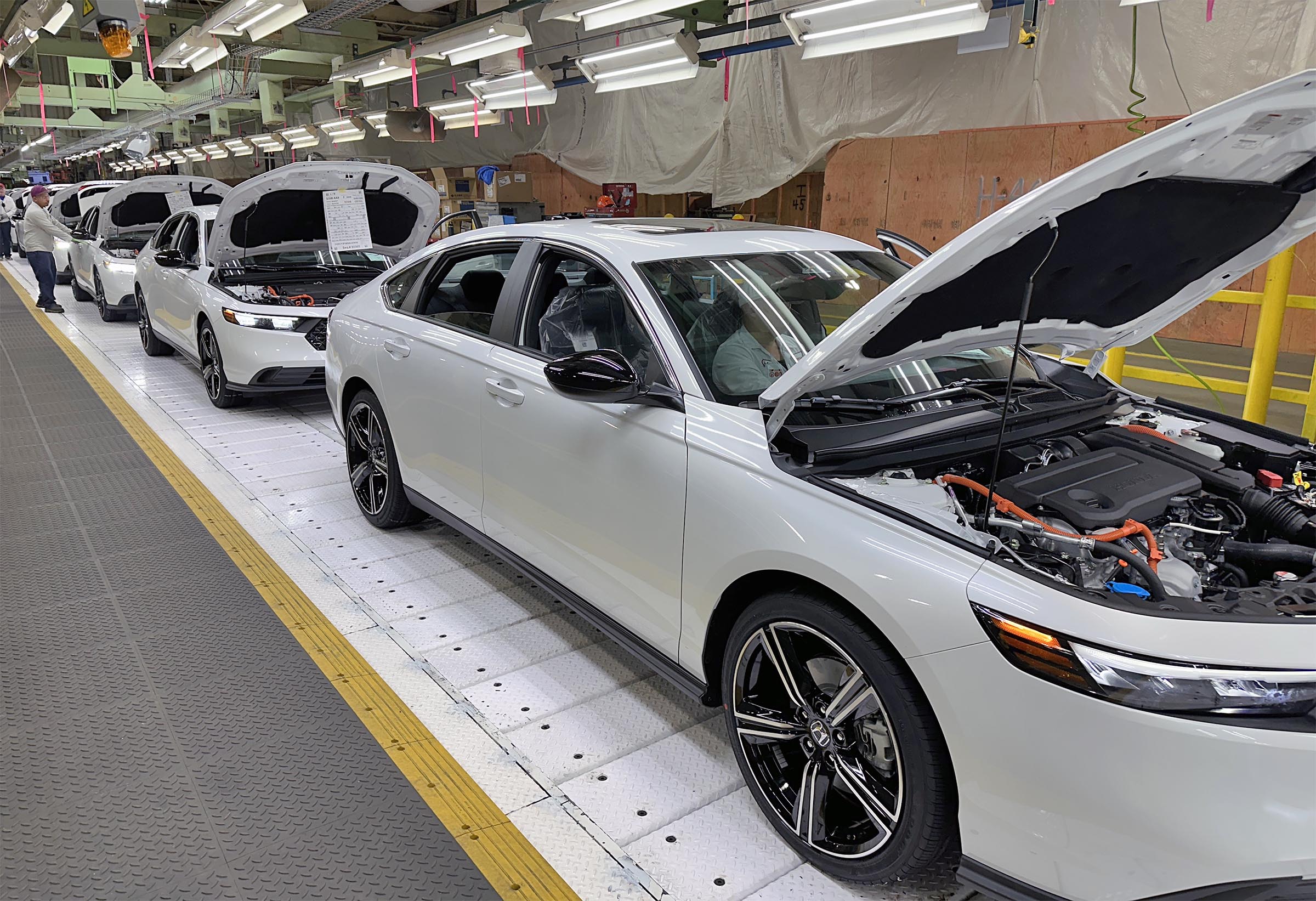
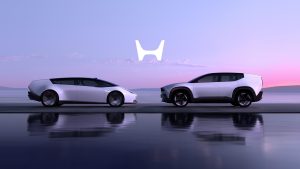
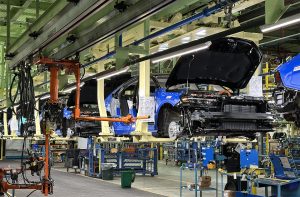
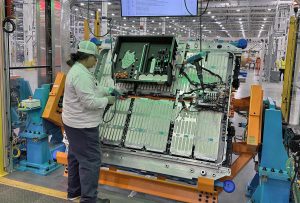
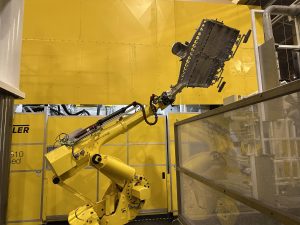
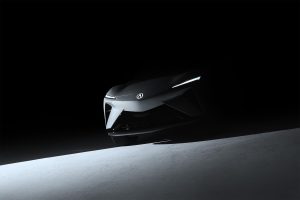
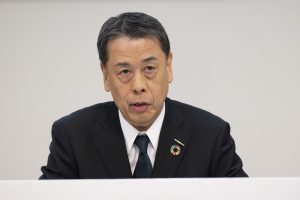
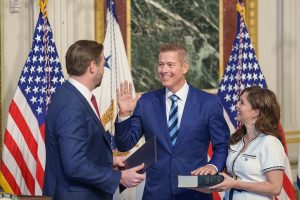
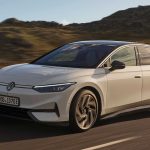
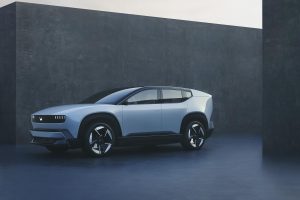
0 Comments